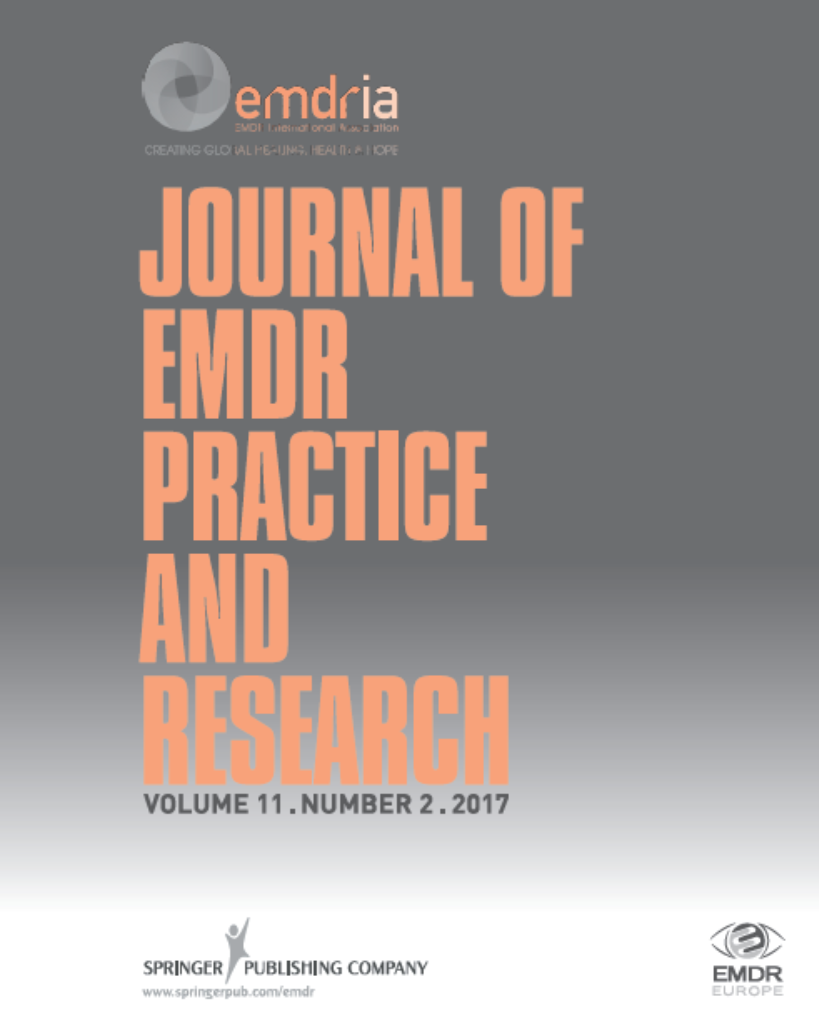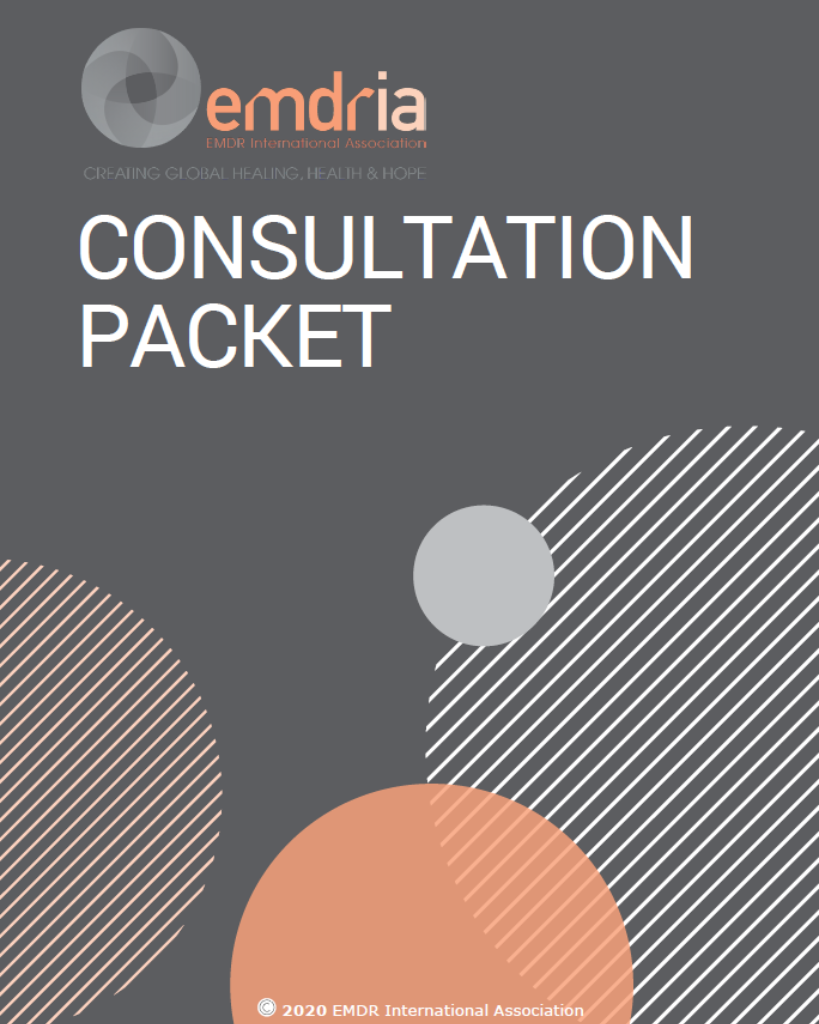Editorial: EMDR Therapy With Children and Adolescents
This special issue aims to highlight the importance of exploring the empirical base for EMDR therapy with children and adolescents.
Article Abstract
“This special issue aims to highlight the importance of exploring the empirical base for eye movement desensitization and reprocessing (EMDR) therapy with children and adolescents. Such an endeavor is set within a context where the American Psychological Association recommends trauma-focused cognitive behavioral therapy (TF-CBT) as the treatment of choice and the National Institute of Health and Care Excellence (NICE) recommends EMDR for children when TF-CBT fails to be effective. Studies in this special issue suggest otherwise and represent EMDR’s global reach over seven different countries. The studies address a range of conceptual gaps and evaluate differing EMDR protocols for individual and group delivery. Participants from preschool to adolescence experienced single event, cumulative violence, and trajectories of trauma and present with a range of trauma symptoms. Although studies with differing methodologies highlight the efficacy of EMDR with differing populations, recommendations are made for rigorous research designs in order to influence professional guidance organizations.”
—Description from publisher
Article Access
Open Access
Barron, I. G. (2018). EMDR Therapy With Children and Adolescents. Journal of EMDR Practice and Research, 12(4), 174–176. https://doi.org/10.1891/1933-3196.12.4.174
About the Journal
The Journal of EMDR Practice and Research is a peer-reviewed publication devoted to integrative, state-of-the-art papers about Eye Movement Desensitization and Reprocessing. It is a broadly conceived interdisciplinary journal that stimulates and communicates research and theory about EMDR, and their application to clinical practice. The Journal of EMDR Practice and Research is the Official Publication of the EMDR International Association.
Date
December 1, 2018
Creator(s)
Ian G. Barron
Client Population
Adolescents, Children
Extent
3 pages
Publisher
Springer Publishing Company
Rights
Copyright © 2018 EMDR International Association
APA Citation
Barron, I. G. (2018). EMDR Therapy With Children and Adolescents. Journal of EMDR Practice and Research, 12(4), 174–176. https://doi.org/10.1891/1933-3196.12.4.174
Series
12
Installment
4
Audience
EMDR Therapists
Language
English
Content Type
Article
Original Source
Journal of EMDR Practice and Research
Access Type
Open Access





